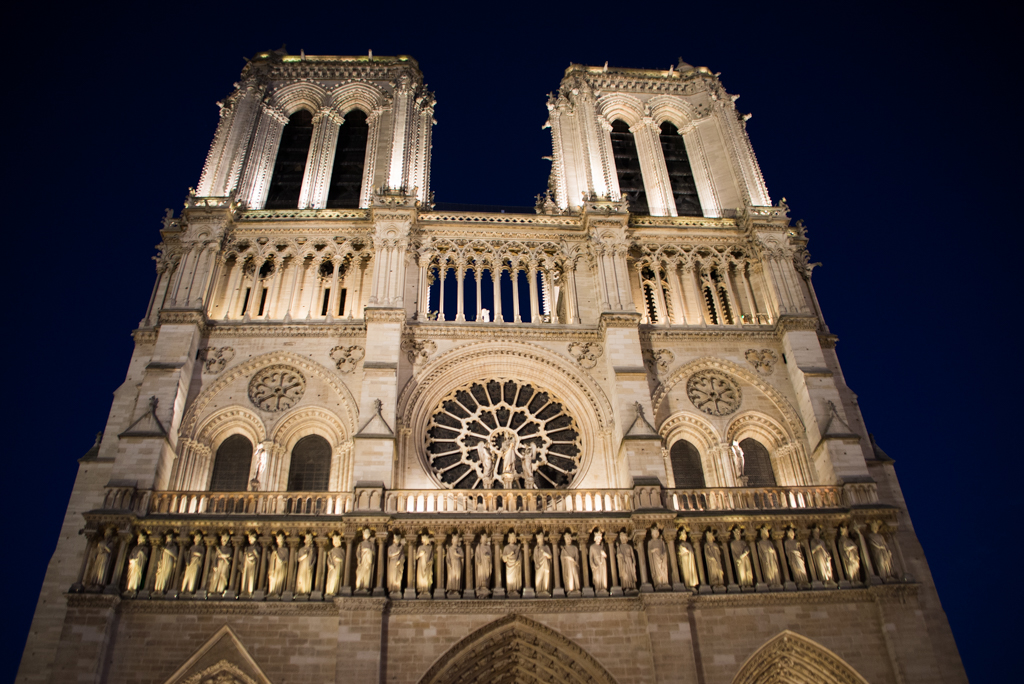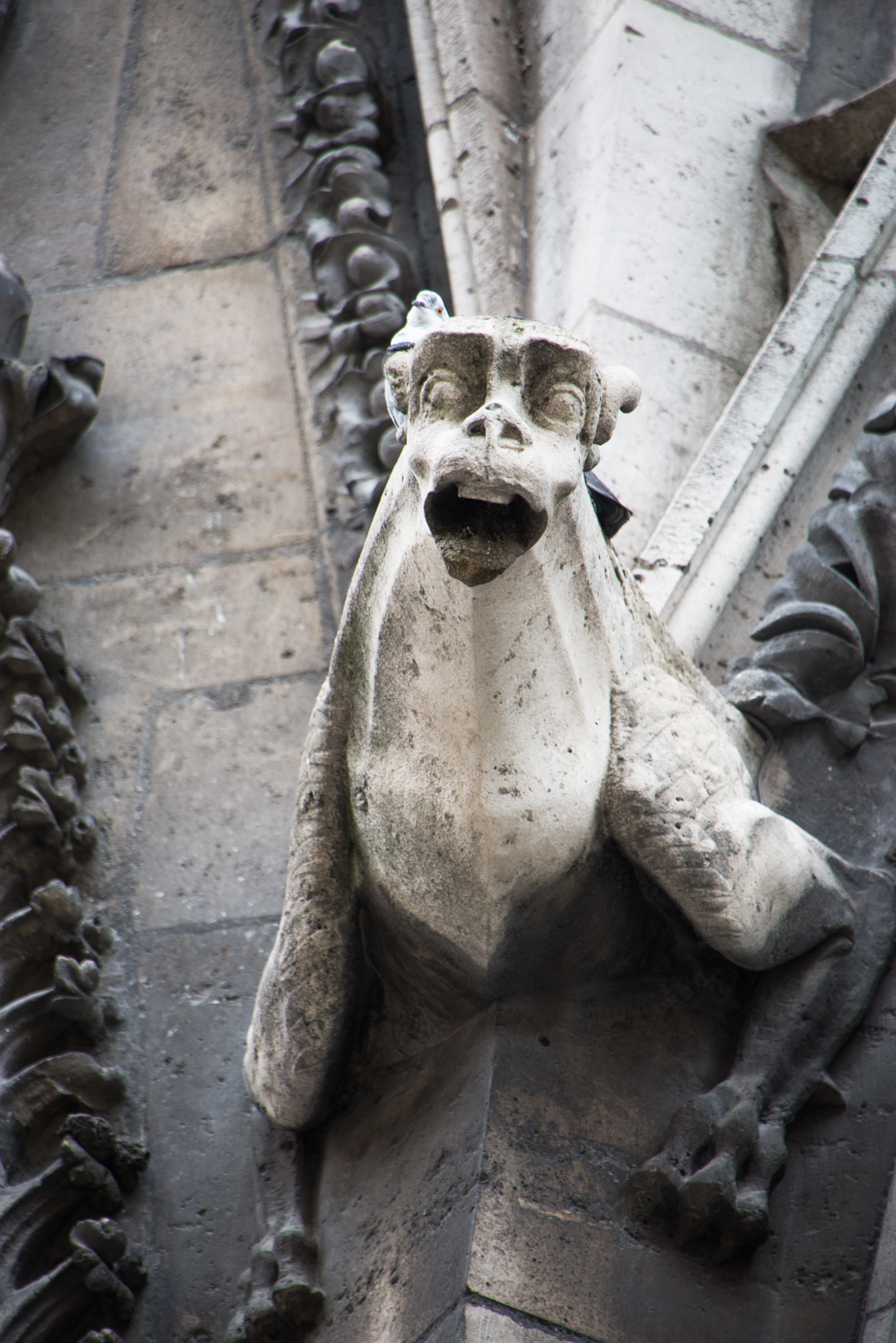
When Victor Hugo wrote the Hunchback of Notre-Dame in 1830, he did so with the purpose of reminding his contemporaries of the importance of preserving Gothic Architecture.
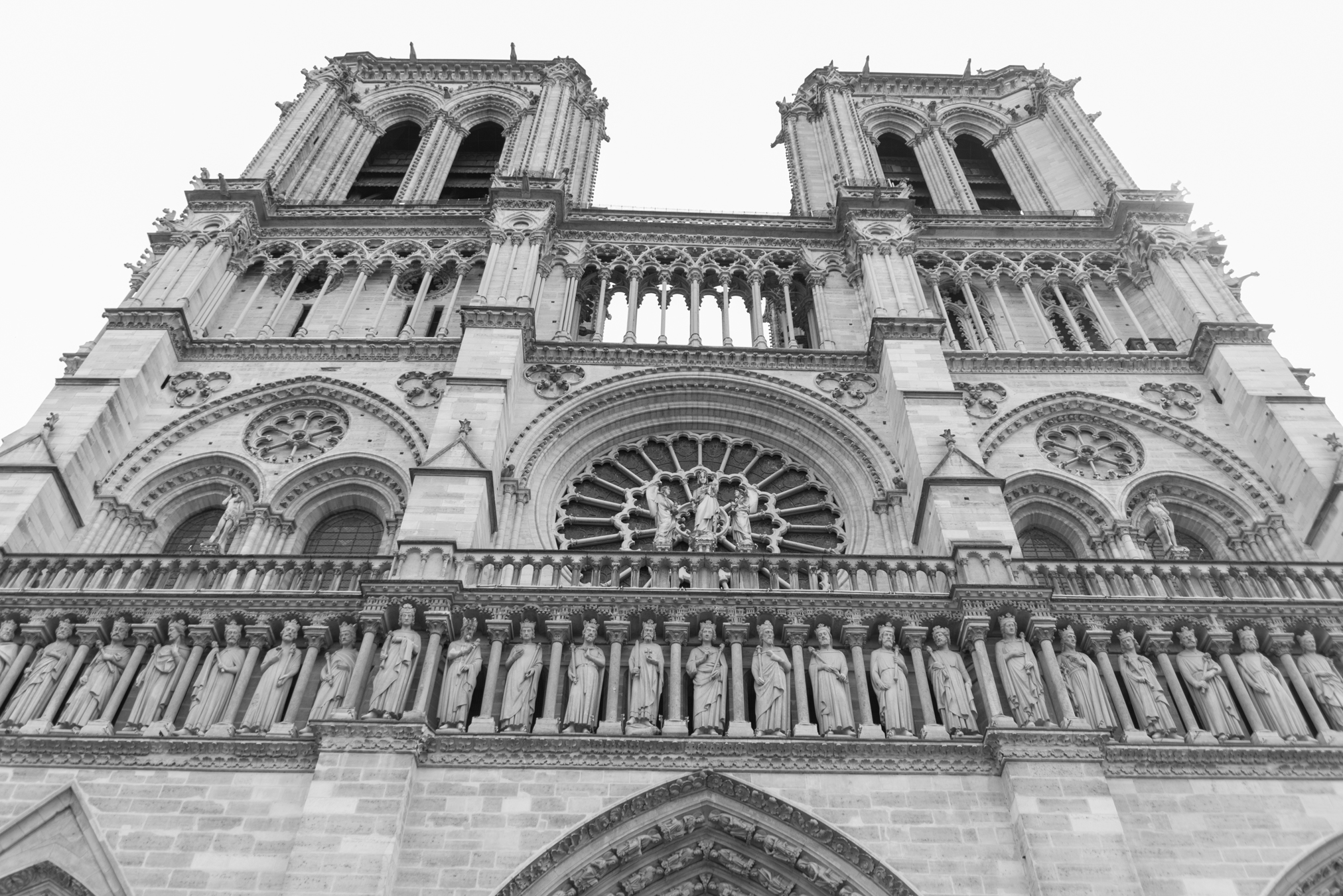
“Notre-Dame de Paris”, the Gothic cathedral on the Ile de la Cité in Paris, was the novel’s real main protagonist. After the French Revolution of 1791 much of the cathedral’s religious imagery was damaged or destroyed.
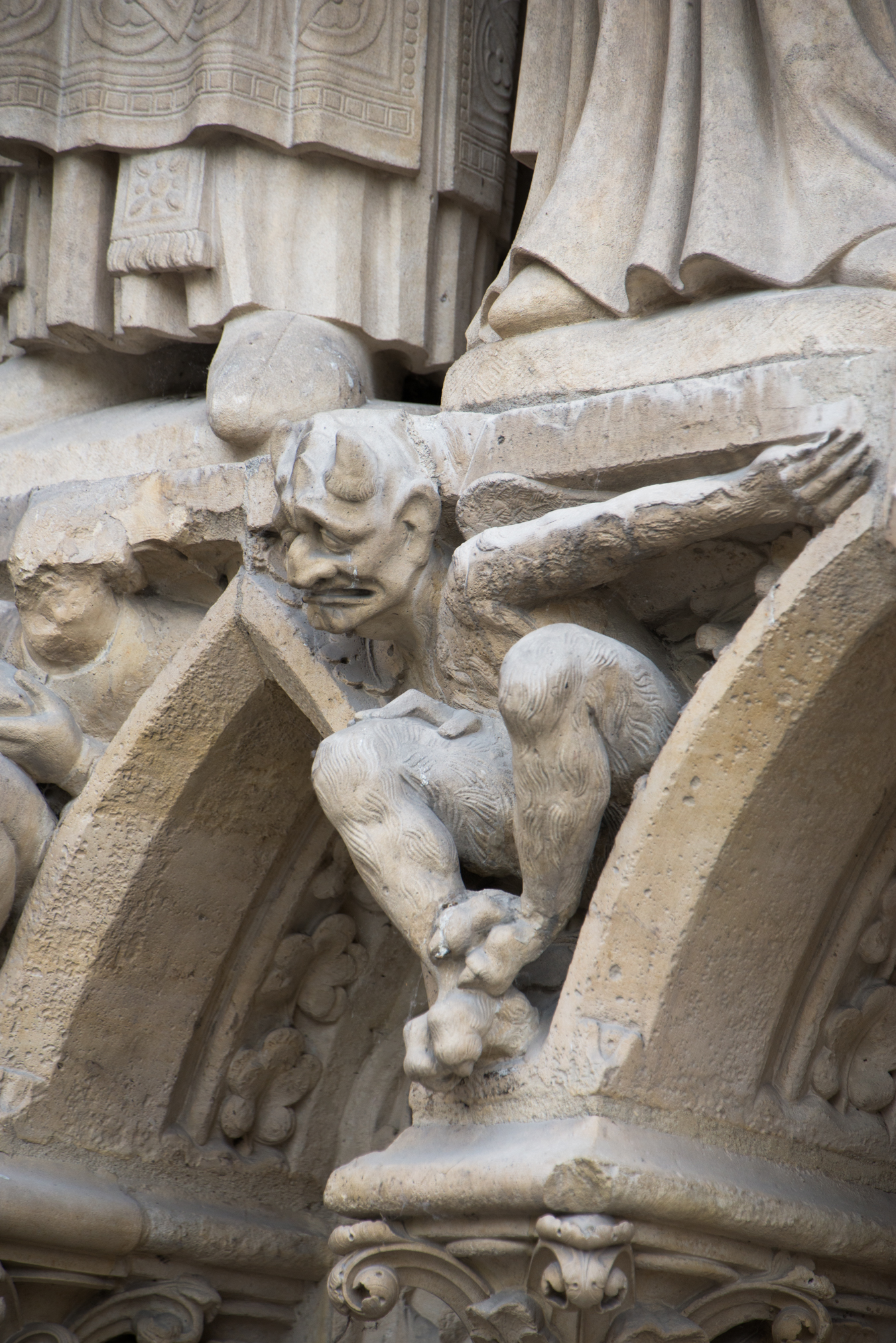
Built around 1200, the cathedral featured on its façade a myriad of grotesques, of chimeas and gargouilles: monsters, creatures of hellish phantasies that, not unlike a comic strip, served to educate the illiterate population, illustrate the creatures of the Bible and of folkloristic lore, and instill fear of God and the Devil.
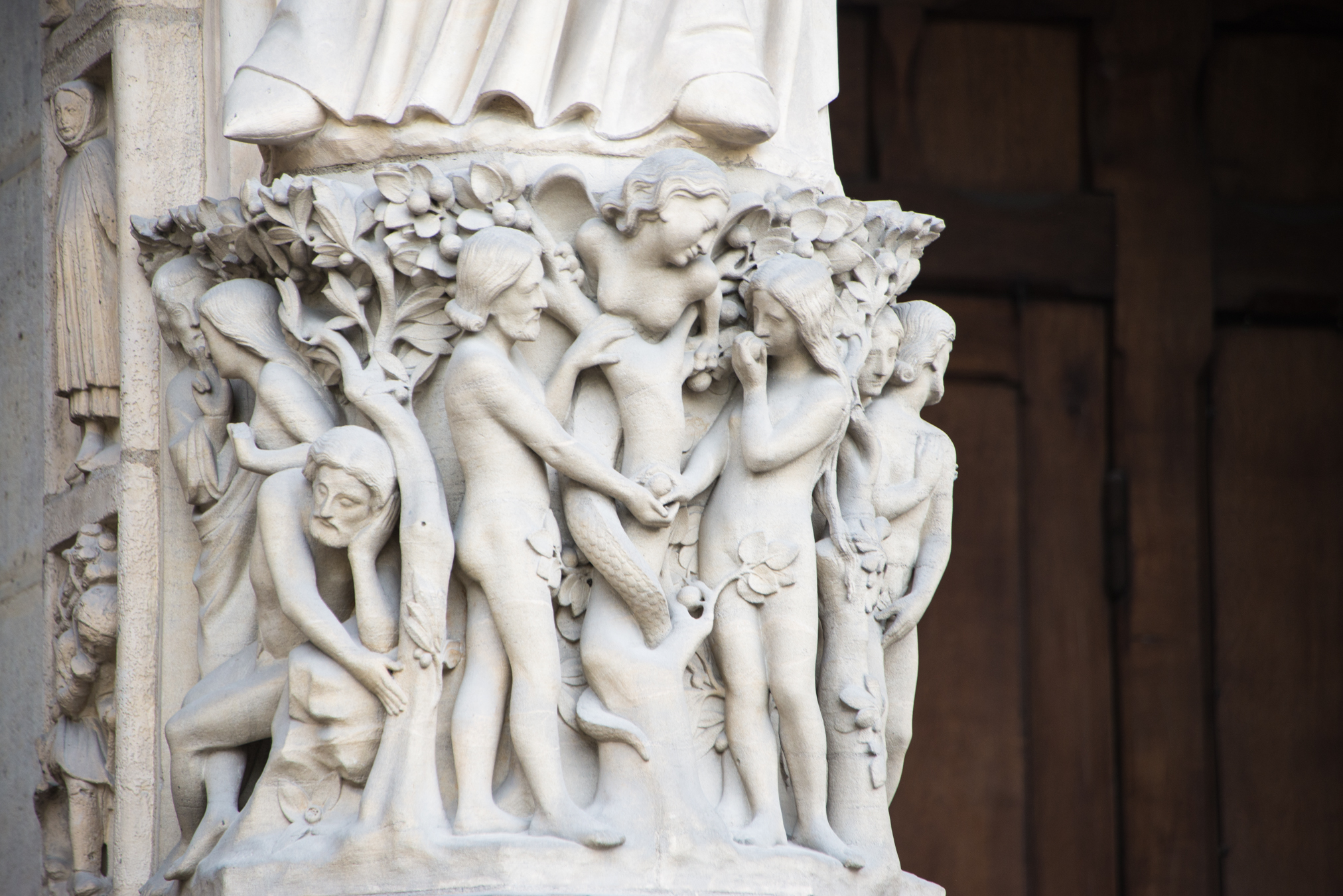
“The book will kill the building!” The arrival of the printing press and the aera of Enlightment however rendered the grotesques superfluous. Writers, Hugo complained, drove architects into oblivion. He believed that buildings were like books, recordings of history – until the arrival of the printing press. The foremost ideas of every generation would no longer be written on the same material. The stone book, so solid and lasting, would give way to the paper book.

Ironically, his novel, thanks to the printing press, became a bestseller. Doubly ironically, its popularity led to a revival of Gothic architecture. Renovations at Notre-Dame were undertaken, to which the cathedral’s current appearance is owed.
